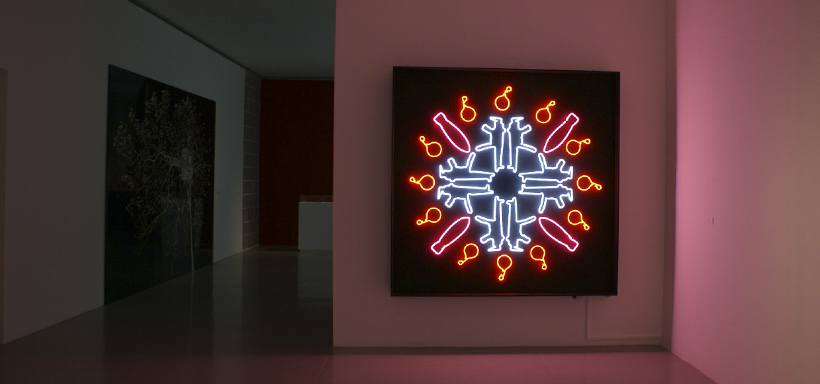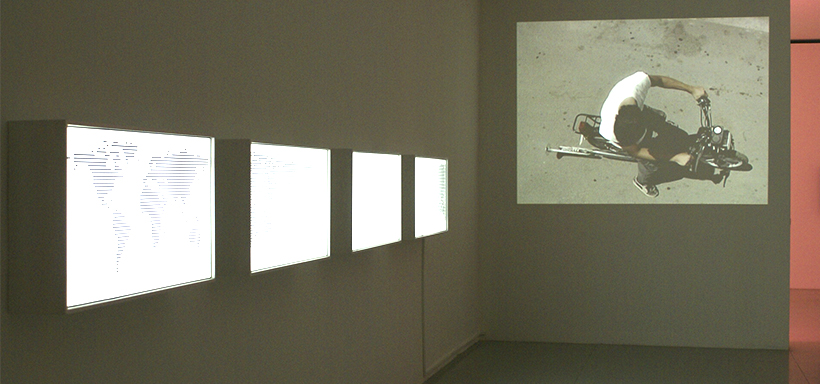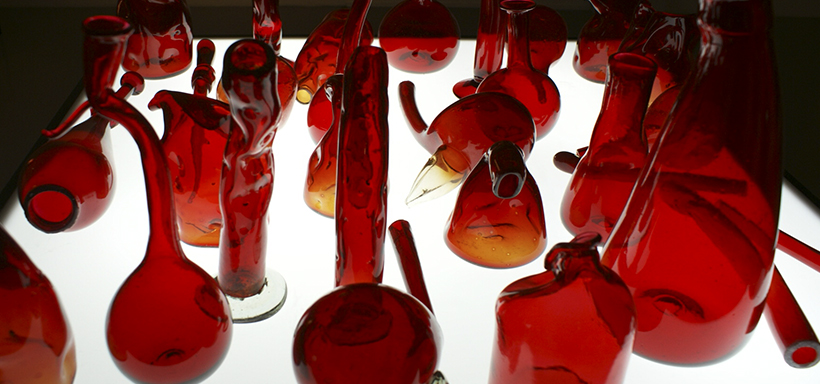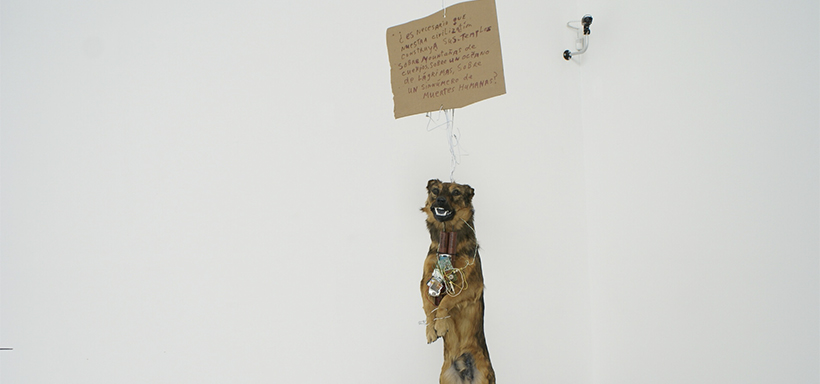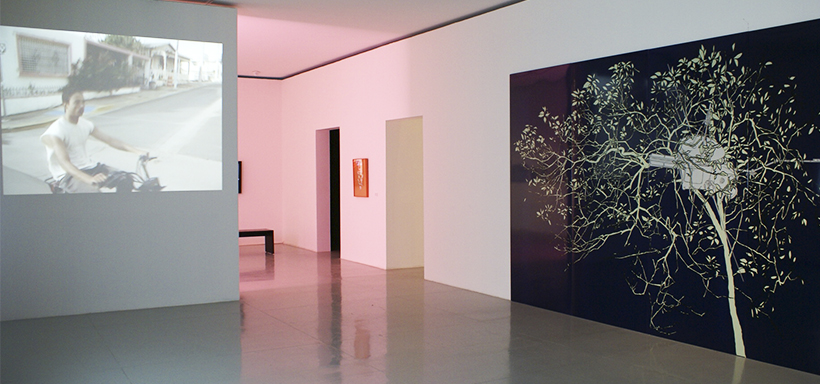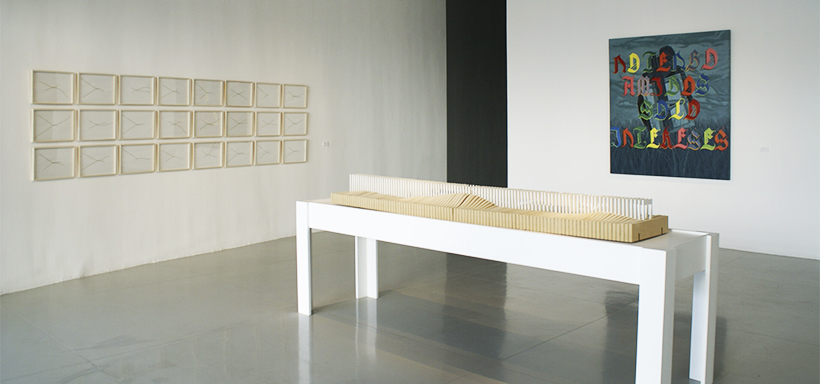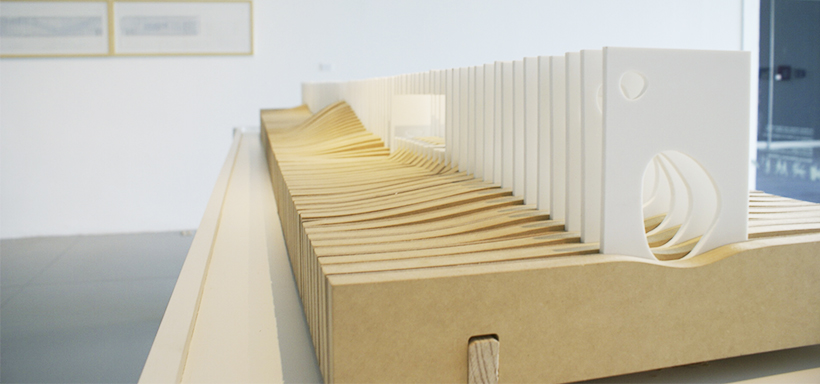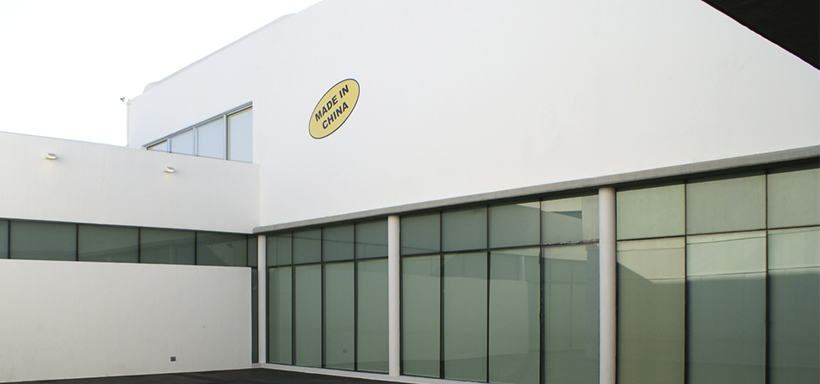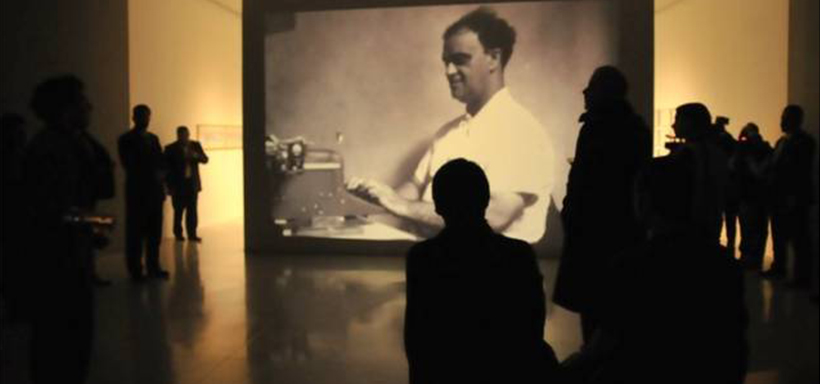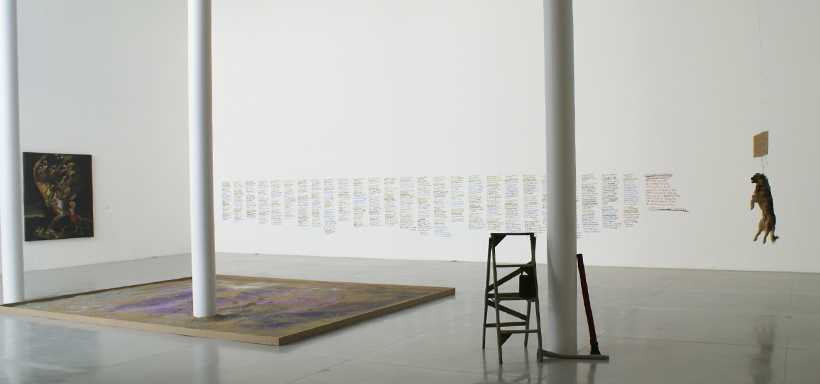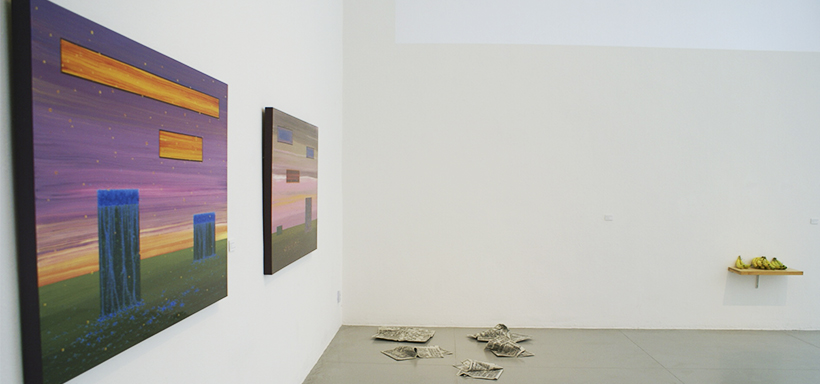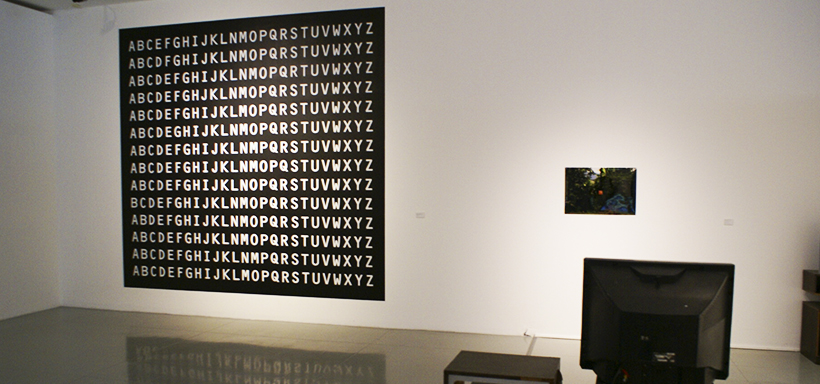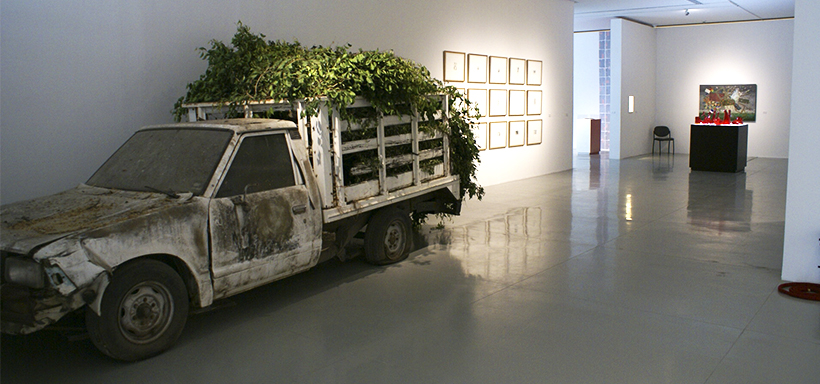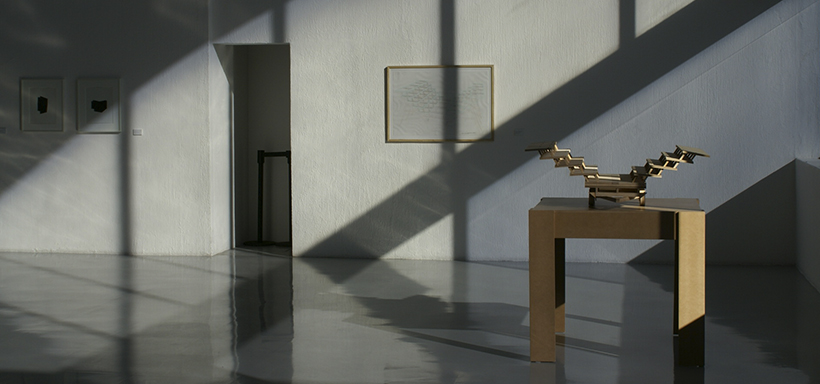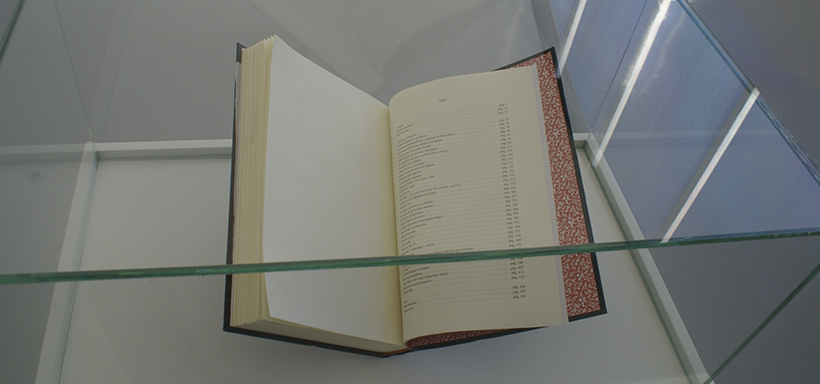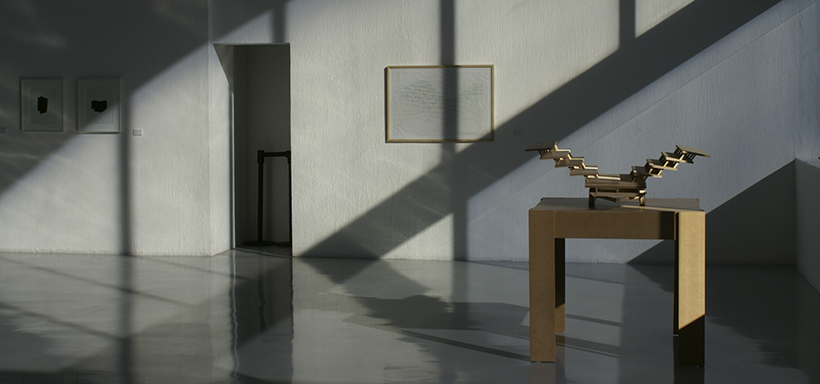Epilogue
From December 2nd, 2010 to February 27th, 2011
Curator: Cristián Silva
Participating artists:
Allora & Calzadilla, Alexander Apóstol, Artemio, Pablo Bronstein, José Damasceno, Detanico & Lain, Wilson Díaz, Iran do Espirito Santo, Tamar Guimaraes, Claudio Herrera, Fabio Kacero, Cristóbal Lehyt, Tonico Lemos Auad, Jorge Macchi, Teresa Margolles, Daniel Joseph Martínez, Mario Navarro, Rivane Neuenschwander, Enrique Oroz, Fernando Palomar, Marcelo Pombo, Pedro Reyes, Cristián Silva, Luis Miguel Suro, Elena Tejada-Herrera, Javier Téllez, Johanna Unzueta, Pablo Vargas Lugo.
With a duration that spanned almost the entire second half of the twentieth century, the geopolitical, social and cultural conflict known as the Cold War also strongly determined the artistic endeavor of most of the planet.
In the case of Latin America, the powerful ideological devices promoted by the two great world forces found, at the same time, sympathy and resistance among writers, musicians, filmmakers and painters.
Indistinctly, the two supreme threats of the time – the so-called “Yankee imperialism” and “the insurrection of the proletariat” – soon became peculiar inspiring muses for the most committed artists and intellectuals of our region. Even before the phenomenon was clearly defined, it was possible to appreciate in the work of figures such as Joaquín Torres García or José Clemente Orozco the germ of a vision that would later be taken up and made more complex by essential creators such as Hélio Oiticica, Ana Mendieta or Juan Downey, to the most recent contributions of Doris Salcedo, Cildo Meireles or Luis Camnitzer (to name just a few examples in which the visual arts of the continent were irretrievably marked by the compasses of this global confrontation).
However, as of 1989 and after the consequent collapse of the so-called Eastern Bloc, the previous conditions seemed to radically change course: in Latin America the military dictatorships were overthrown, some popular resistance organizations were dismantled, while some new and unsuspected political, economic and corporate alliances emerged… This panorama, which apparently indicated the end of the confrontation, kept mutating over the years into a situation that today presents new edges, contradictions and polarizations.
The most recent generations of American artists have picked up the legacy of their predecessing colleagues, and have been filtering from a new approach – subtler, tangential, sometimes even intimate, often unconscious – the evolution of this conflict, two decades after it having “officially” concluded.
Through the use of the most varied methodological, poetic and technical procedures, flirting with elements from advertising, vernacular crafts, journalism, architecture, statistics, cinema, parapsychology, comedy, science fiction or anthropology, the artists present in this exhibition belong to a Latin American generation that grew up in the middle of the Cold War, but whose practice has been developed after the fall of the Berlin Wall.
This exhibition proposes to create a context in which “politicized” pieces can be read from a more existential and sensorial perspective, in the same way that other more delicate and intimate works can be perceived from a socio-political dimension. Through their proposals, these artists offer us a refined and highly personal chronicle of current and less current times; a chronicle in which, through small domestic details or large collective events, they suggest that even today there are two or three issues worth reviewing in regards to the validity of this conflict.


